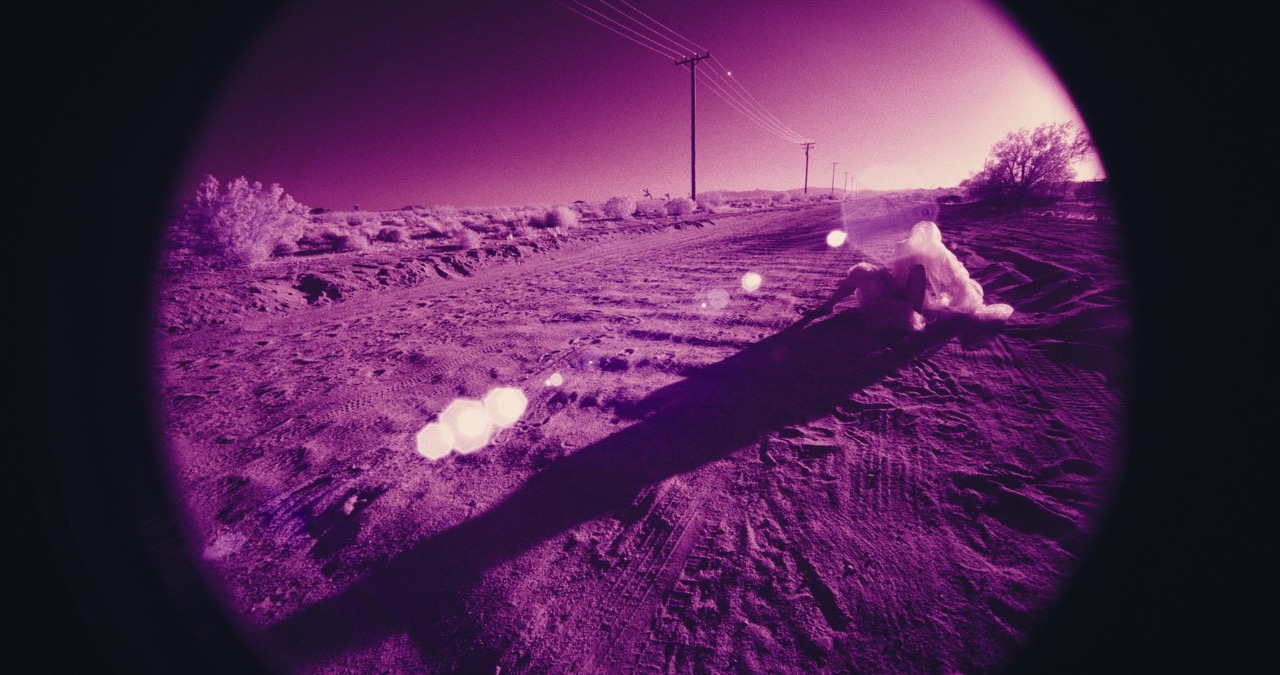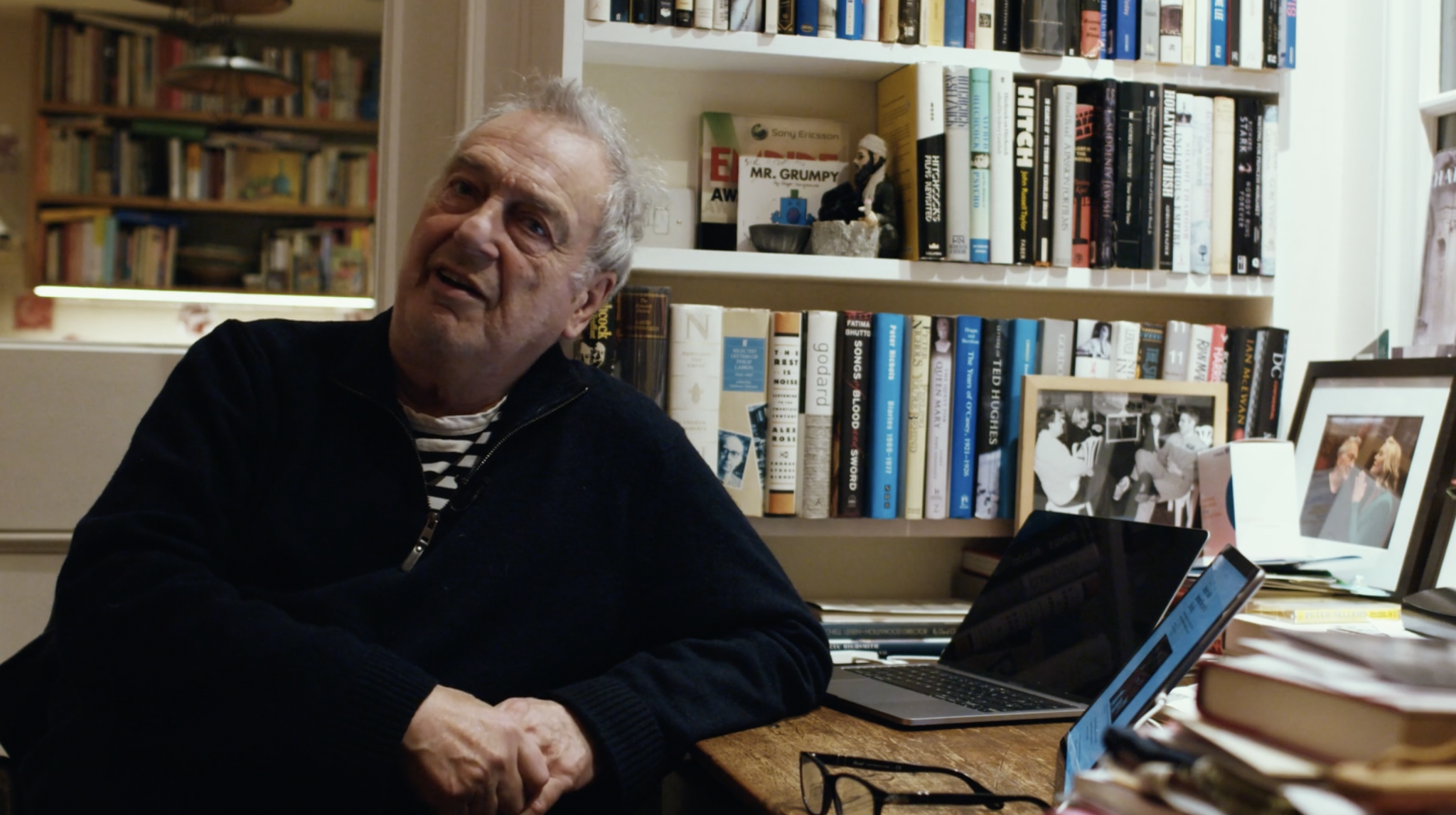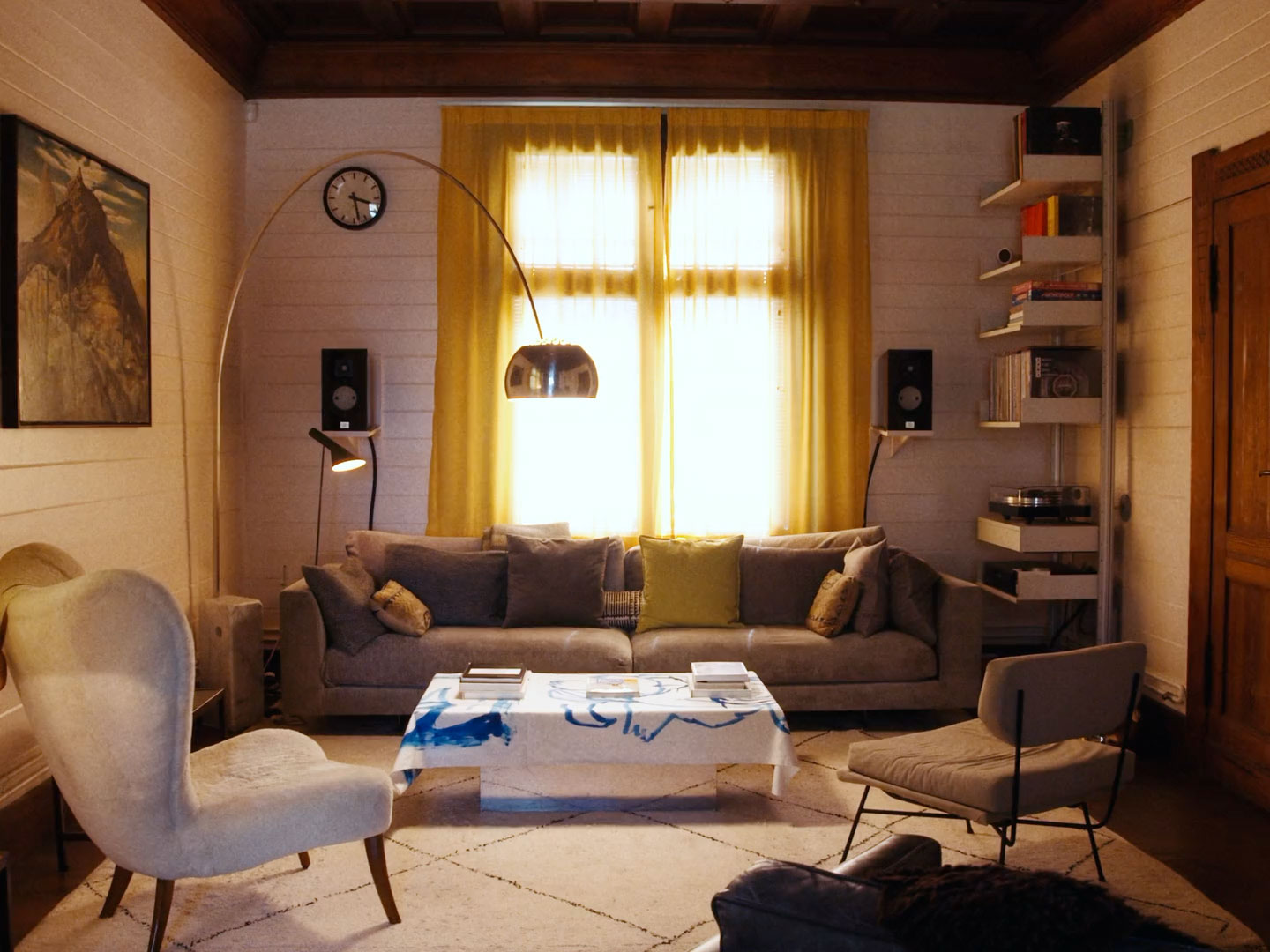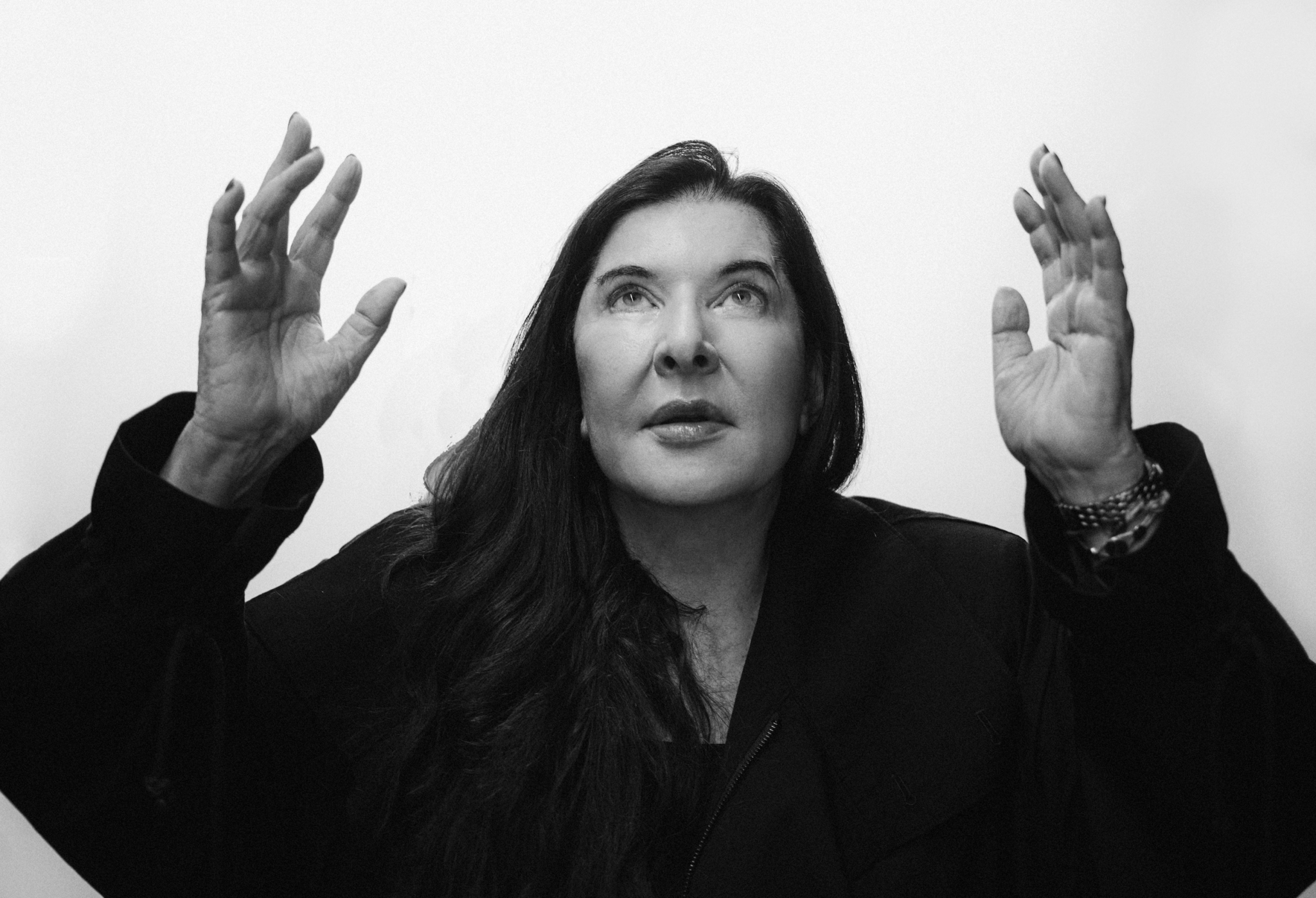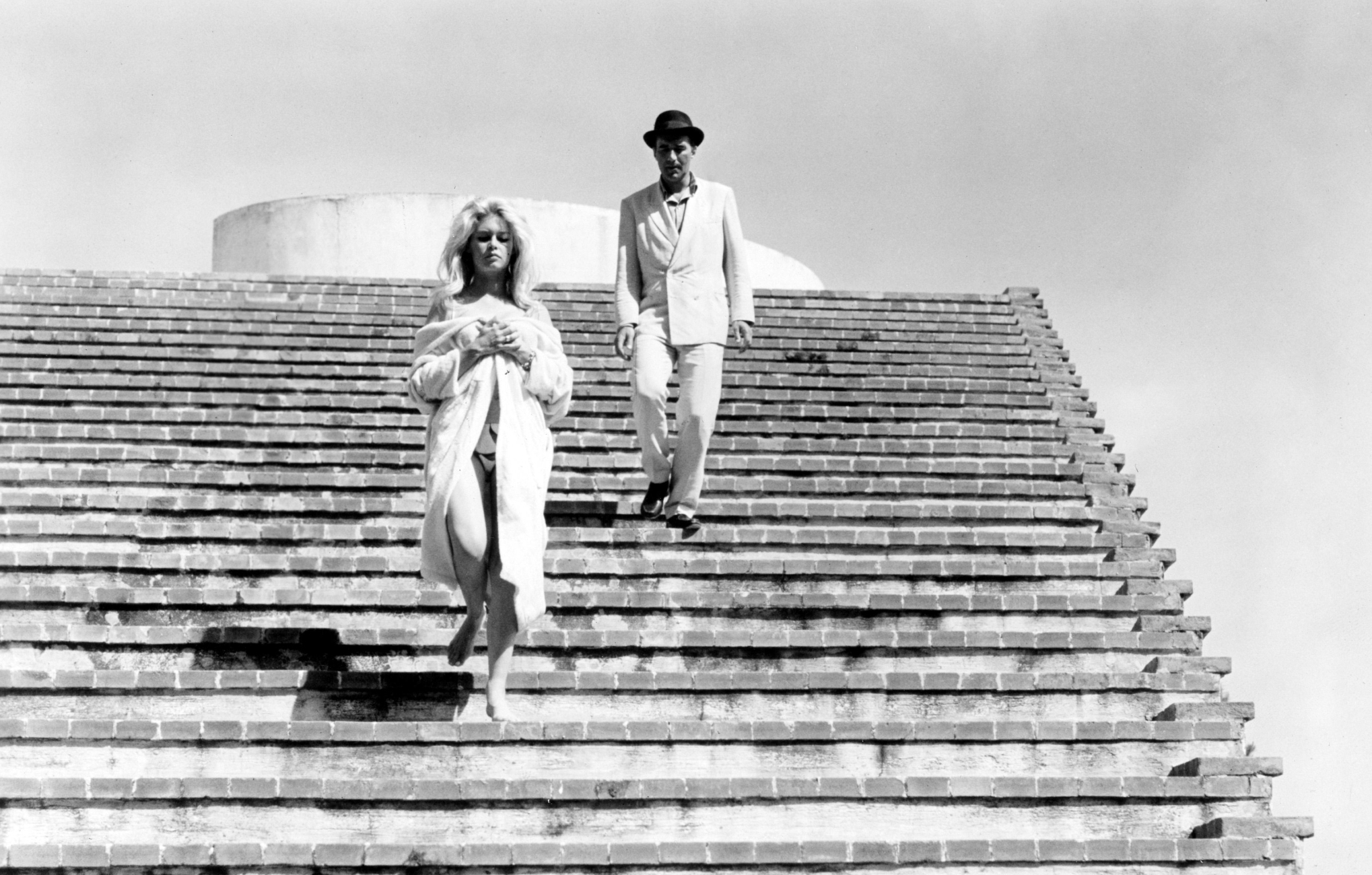

In one of three essays exploring the allure of islands on screen, we consider how Jean-Luc Godard’s Le Mépris used Capri—an island of glamorous, European intellectuals and artists—to show the alienation of its protagonists.
Capri. The third part of Jean-Luc Godard’s Le Mépris takes place at the dazzling Casa Malaparte in Capri. The structure takes on a life of its own—stepped like a Mayan temple by one of Le Corbusier’s disciples, Adalberto Libera; created for the eccentric filmmaker and writer Curzio Malaparte. It is an alienating setting, as Michel Piccoli’s French playwright Paul Javal and his beautiful wife Camille (played by Brigitte Bardot) ruminate over their marriage, with Camille shocking her husband by announcing she no longer loves him. There is a third party: a vulgar American producer Jeremy Prokosch, with whom Camille suspects Paul is using her to cement his ties. It all unfolds with a backdrop of natural beauty. The sea. The mountains. The Casa Malaparte.
Capri, the island of European artists; gathering place of the most influential intellectuals…is now presented as the setting of ruin, the antithesis of a place of love, sex, and emotion. The Casa Malaparte is a ‘no exit’ paradise—a strange, isolated structure that seems displaced from its surroundings, offering a vastness of space, both in the horizon beyond, and on its rooftop—in which the hyper-realities of the plot merge with the metaphorical conversations and mythological debates that give the Casa Malaparte and Capri an otherworldly sense. What do people talk about when they have the time and the space? What do they ruminate on when the beauty of the old and natural meets the aesthetic of modernity?
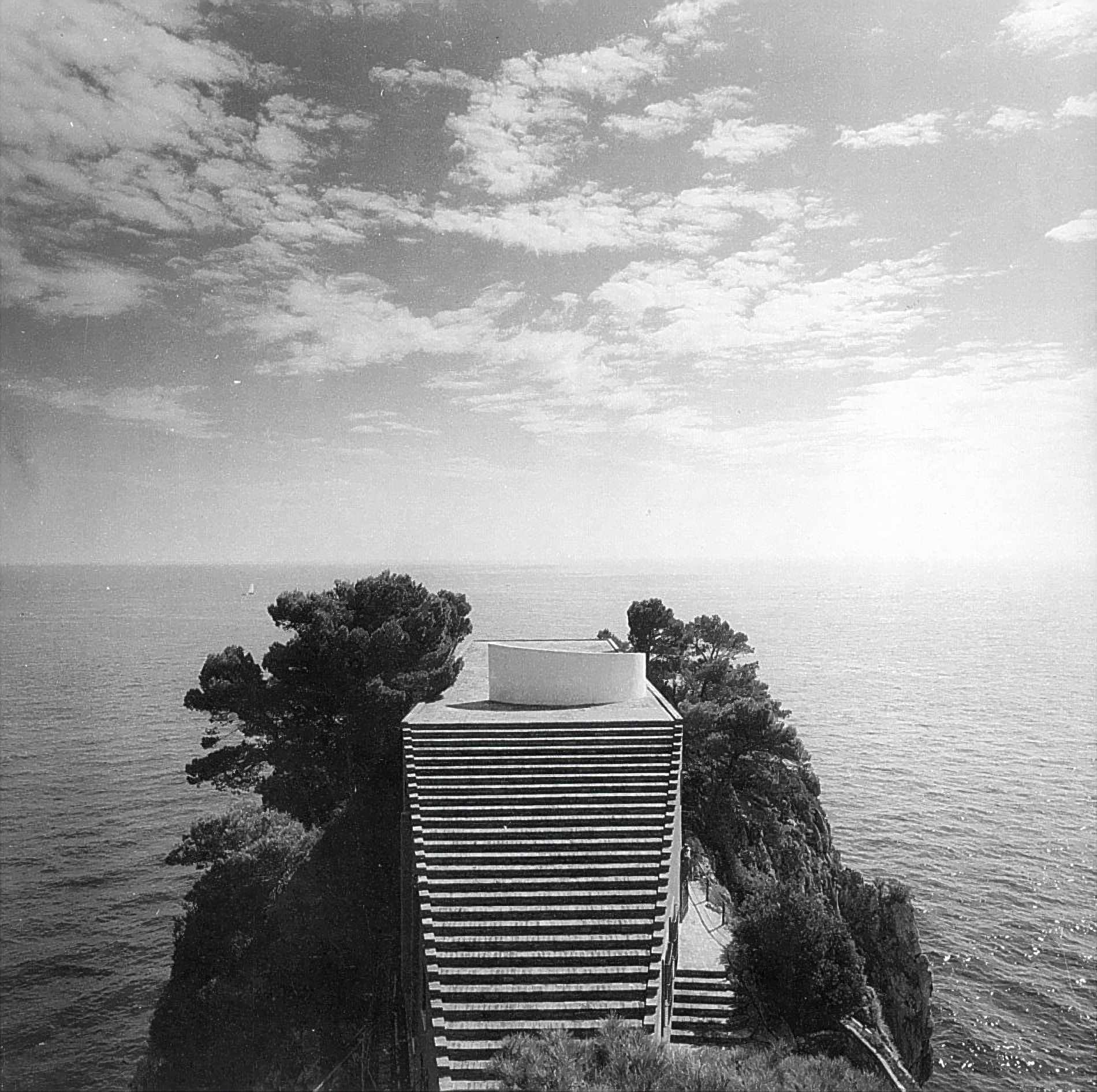
The Casamalaparte in Le Mépris (1963)
What Capri represents in Le Mépris makes the island a character in its own right. A character who observes, listens, perhaps even accommodates the ruin of a marriage.
Le Mépris remains an engaging film, regardless of its careful pacing, largely because it gives the audience both the time and space to confront these questions. It unapologetically involves discussions about German Romantic poetry, Homer and Dante. Like Capri itself, the conversations are rooted in an intellectual, wealthy European class that are perhaps separated from the rest of society. Indeed Camille tells Paul at one point that she liked him “more when we were poor, and writing detective fiction.”
What Capri represents in Le Mépris makes the island a character in its own right. A character who observes, listens, perhaps even accommodates the ruin of a marriage. The beauty is matched by that of Bardot’s—who like the Casa Malaparte is modern and cold; residing among the warmth and splendour of the Mediterranean. Le Mépris is a film about two people. But it is also a masterpiece that uses its island setting to tell its story.
Read next: Islands on screen: Roberto Rossellini’s Stromboli (1950)
Read next: Islands on screen: Sicily in Michelangelo Antonioni’s L’Avventura (1960)


